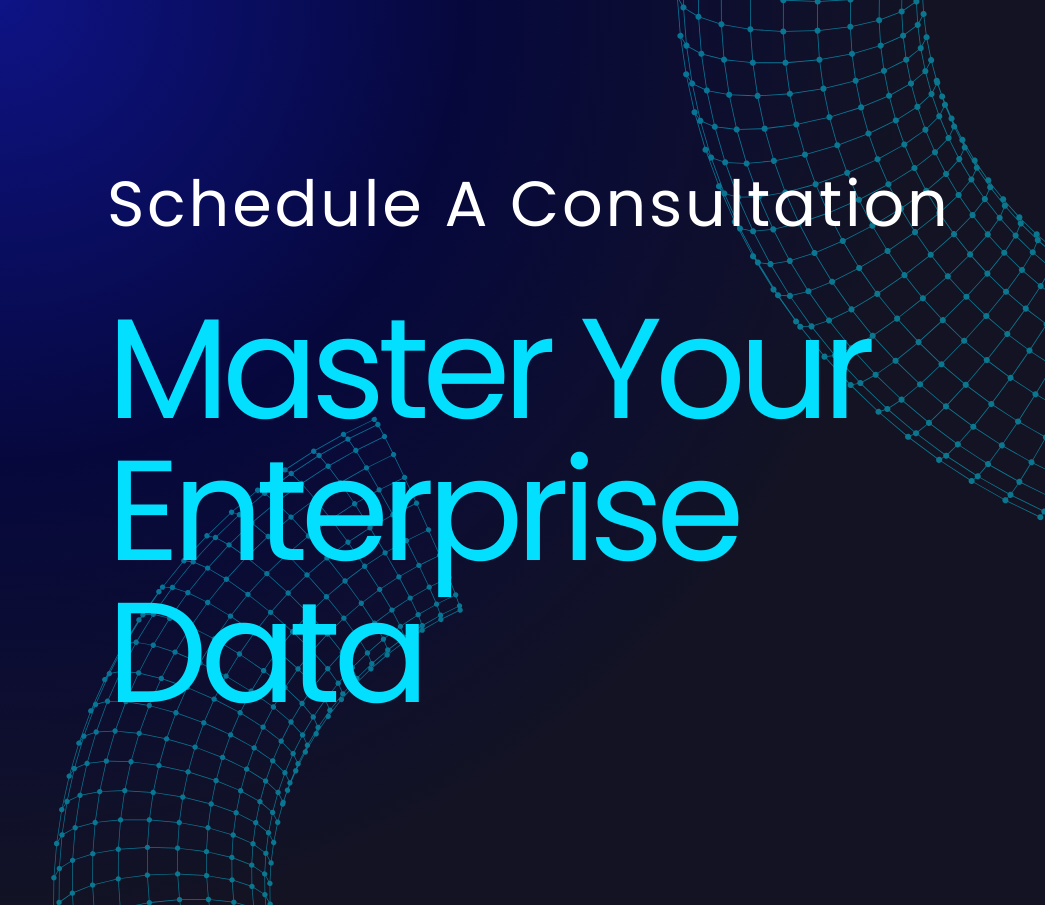In the rapidly evolving landscape of enterprise technology, comparing cross-platform systems has become a critical yet increasingly complex task. Gone are the days when simple spec sheets could guide decision-making. Today’s reality demands a nuanced approach that balances raw performance with real-world applicability and long-term business impact.
- The Metrics Mirage: Unveiling True System Performance
- Beyond the Benchmark: Crafting a Holistic Comparison Framework
- The Integration Imperative: Measuring System Harmony
- The Cost Conundrum: Decoding True Economic Impact
- The Human Factor: Usability and Adoption Metrics
- Future-Proofing: Assessing Adaptability and Innovation
- Key Takeaways
The challenge lies not just in the metrics themselves, but in their interpretation. A system boasting 99.99% uptime might seem ideal, but what if its definition of “outage” differs significantly from your operational needs? Similarly, a platform that excels for a mid-sized retailer could falter under the demands of a global manufacturing giant.
This complexity is compounded by what I call “metric myopia” – the tendency to fixate on easily quantifiable aspects while overlooking crucial qualitative factors. How seamlessly will the system integrate with your existing tools? What’s the learning curve for your team? These questions don’t have neat numerical answers, yet they can make or break an implementation.
To navigate this metrics mirage, we need a holistic, context-aware approach to system comparison. One that not only considers performance benchmarks but also evaluates scalability, integration capabilities, total cost of ownership, and user experience. It’s about finding the system that doesn’t just meet today’s needs but grows with your organization, enabling rather than constraining your future evolution.
In this guide, we’ll cut through the complexity, providing a framework for meaningful cross-platform enterprise system comparison. We’ll explore how to balance hard data with real-world applicability, align technical capabilities with business objectives, and make decisions that drive long-term value. Whether you’re a CTO, IT manager, or business leader, this roadmap will empower you to make informed choices in the ever-shifting landscape of enterprise technology.
Overview
- Enterprise system comparison requires looking beyond raw metrics to real-world applicability and business alignment.
- A holistic comparison framework must consider performance, scalability, integration, TCO, user experience, and future adaptability.
- Integration capabilities are critical, affecting efficiency, data consistency, and long-term system value.
- True economic impact extends far beyond initial costs, encompassing implementation, maintenance, productivity, and potential revenue effects.
- User adoption and satisfaction are crucial yet often overlooked metrics in system evaluation.
- Future-proofing assessments should evaluate a system’s adaptability, vendor innovation, and ecosystem strength.


















